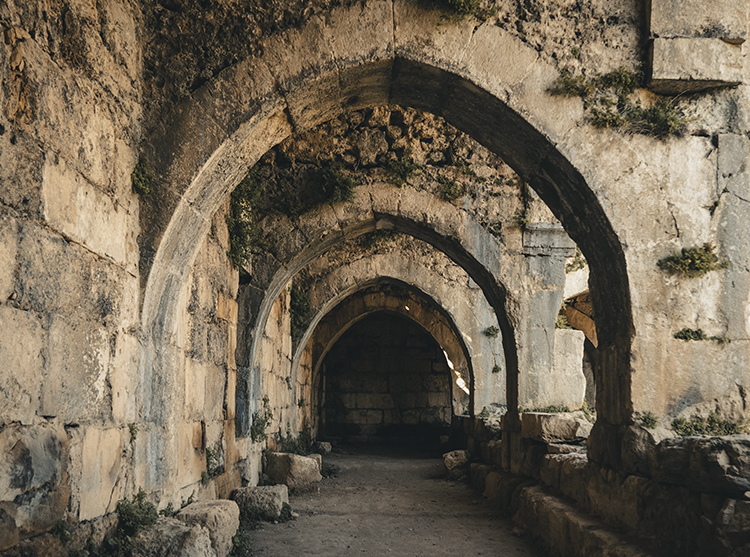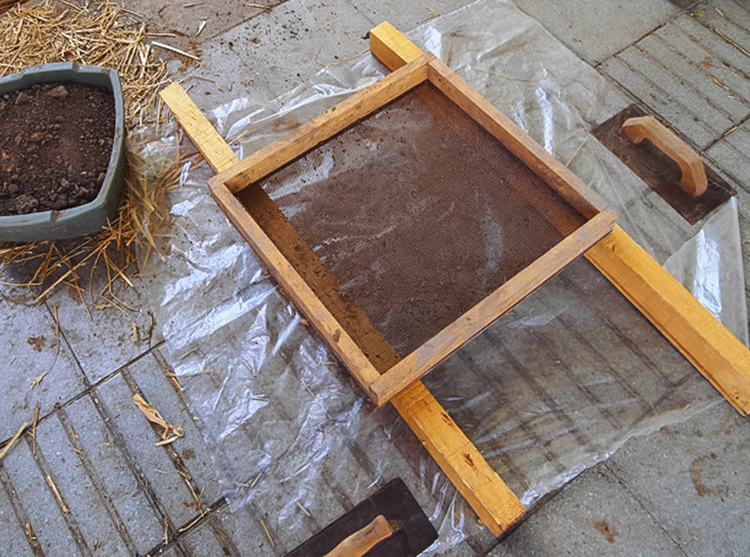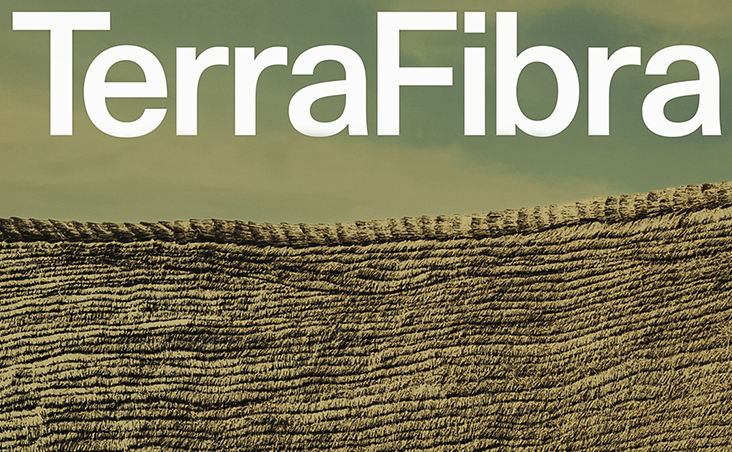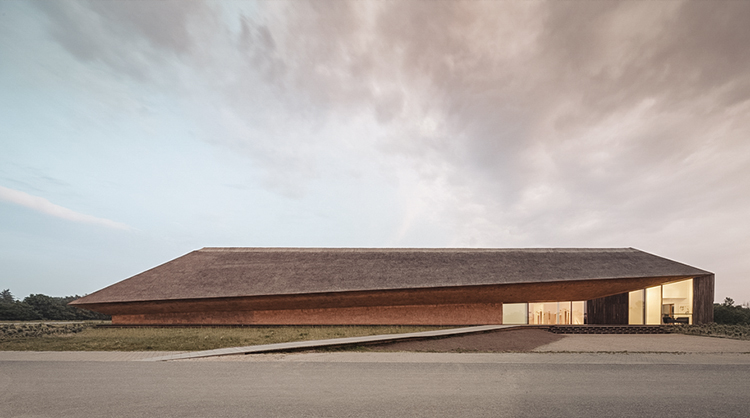There is an ancient construction wisdom that is combined with modern knowledge. The result is interesting for architecture because it makes it more virtuous, especially in ecological terms. The adaptation of building systems thus presents itself to the climate challenge. Virtuous constructive wisdom favours the use of materials of biological and even geological origin. This wisdom is able to offer a truly virtuous technical solution. In the built environment, what we have called virtuous construction wisdom refers to ancient techniques. Some have been known for centuries. Others are being invented today. This virtuous wisdom demonstrates considerable potential and launches the challenges to the notion of construction in current architecture.

Local resources and knowledge
We have experience of projects with raw earth and vegetable fibers classified according to technical types. The rammed and molten earth, cob (derived from corn), clay, as well as blocks of compressed earth, hemp, straw, cane, bamboo are also widely used. There are many projects that testify the commitment of architects, engineers, builders and owners. This kick-start for environmentally friendly materials shows that it is possible to build differently based on local resources and knowledge without sacrificing innovation. The resulting works are anchored in their territory. They are frugal and creative architectures that open up new horizons.
Awareness
The list is truly endless: load-bearing hemp bale or straw walls, bamboo structures, cane roofing and cladding, wicker railings. These techniques are used for both the construction and renovation of buildings. After all, the construction sector is the largest consumer of resources. And it is an energy-intensive sector, responsible for an average of 46% of national energy consumption. It is also one of the largest producers of waste and emissions, such as 25% of greenhouse emissions. Faced with this evidence, in recent years, many have become aware of the environmental impact of the construction sector.

New architectural practices
The collective effort to preserve resources is not just a technical fact. The significant reduction of the environmental footprint of existing (and future) buildings has a need. It requires the emergence of new architectural practices. It requires sustainable and reasoned practices that aim to promote and exploit, locally, bio and geo resources available and at hand, even “under our feet”. This new route also involves a cultural leap in which we are witnessing the appropriation of the intelligence of the vernacular and its centuries-old knowledge with an action that reconnects the act of building with the landscape, becoming one with the territory.

The Terrafibra Award
The Terrafibra Award takes its cue from this new way of doing architecture. It is the world’s first prize for contemporary architecture in plant fibres. The exhibition, which collected the results, brings together the 50 finalist buildings, revealing all the materials in vegetable fiber, with great structural capacities and high thermal and hygrometric performance.
The finalist buildings are the subject of an exhibition that aims to introduce contemporary architecture in plant fibers to as many people as possible. It also highlights the courage of the clients who have taken on this challenge.
“Earth and plant fibres have already conquered the field of contemporary architecture and hundreds of projects, of great technical, aesthetic and emotional quality, lands on five continents.”
“Earth and plant fibres have already conquered the field of contemporary architecture and hundreds of projects, of great technical, aesthetic and emotional quality, lands on five continents.”
“Earth and plant fibres have already conquered the field of contemporary architecture and hundreds of projects, of great technical, aesthetic and emotional quality, lands on five continents. The organizers comment to us – “ democratization of the use of materials, which consume little energy and are available in quantities all over the planet, helps to reduce the exploitation of non-renewable resources and limit energy needs throughout the life cycle of buildings.”

De-carbonized architecture
A real challenge for contemporary architecture, biological and geological materials are also one of the most optimistic ways to build a future by raising awareness of the design professions. In addition, in this way, the local resource sectors are organized and developed through the creation of new jobs that strengthen economic activity in the territories. Materials of biological and geological origin are therefore essential for decarbonized architecture. Because they contribute to the ecological transition in a collective and socially sustainable way.
The aesthetic properties must be highlighted, but also the constructive advantages and environmental benefits of these techniques, which truly express a virtuous construction wisdom. Recognition of this by professionals and the general public requires the promotion of all actors involved in the projects. The purpose of the award is precisely to propose solutions by highlighting the organic nature of the choice of materials of biological and geological origin.

The creativity of the designers and the expertise of the craftsmen and entrepreneurs are included in the overall picture of sustainable architecture. The award also aims to promote the diversity of materials in a logic of intelligent experimentation in the construction sector, but also in the sector of furniture or design objects. Undoubtedly, this will contribute to the dynamism of the sector for a renewed virtuous construction wisdom.
To learn more: Terrafibra Award
May you be interested in: Our rivers: are they doomed or can we still help them?




